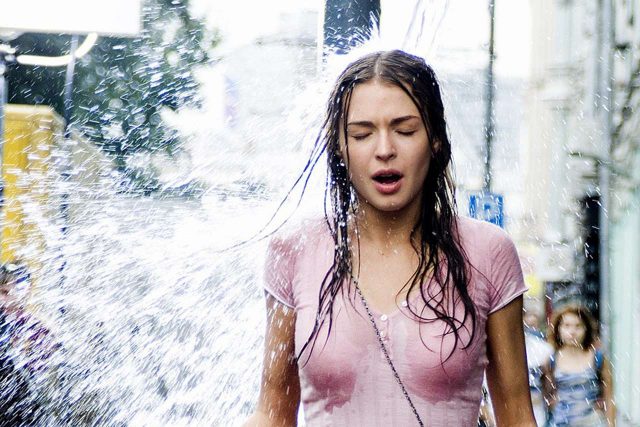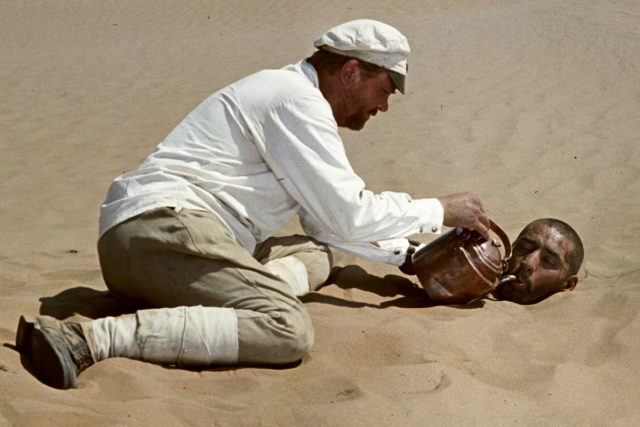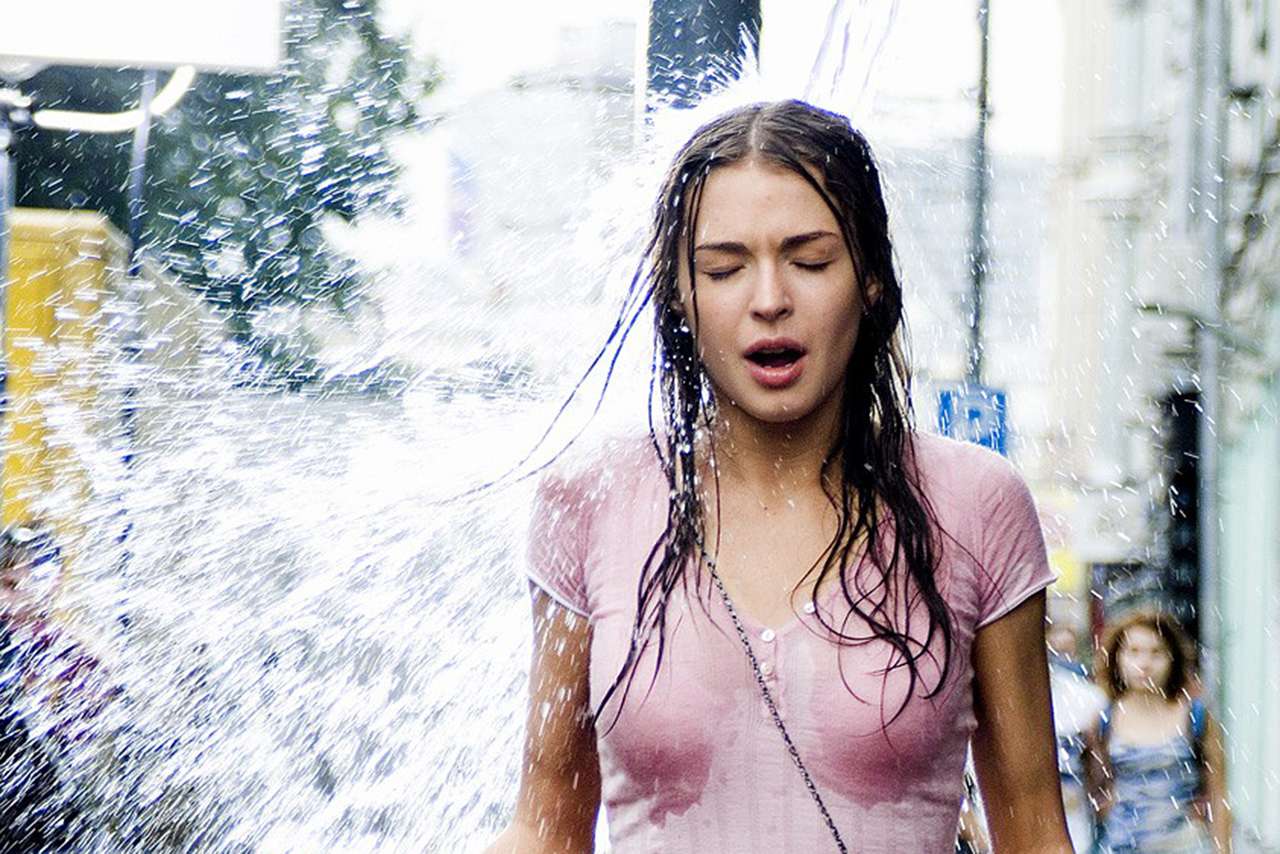
Scientists predict that the summer of 2024 will be the hottest in history. And considering that it is only at the equator, it is too early to relax. Together with Georgy Kaevitser, a therapist at the DocMed clinic, we share advice on how to protect yourself from heat stroke and what to do if it happens.
What is heat stroke?
Heat stroke is a special case of severe hyperthermia, that is, a condition in which the body’s “core” temperature rises. This occurs due to the disruption of thermoregulation processes. In other words, the main mechanisms of heat transfer (and this is the evaporation of moisture in the form of sweat) are ineffective, and the body cannot cool.
Overheating of the body causes the body to try to compensate for the ineffective heat exchange with the environment. As a result, the skin vessels dilate, blood is redistributed, and this can cause loss of consciousness. In more severe cases, metabolic processes (because our enzymes stop working effectively at 42.5 ° C) and the nervous system (because neurons are very sensitive to temperature changes) can be disrupted.
At what ambient temperature is there a risk of heat stroke?
Heat stroke is a fairly common occurrence. The main reason for this is that it is not only caused by high temperatures. Relatively low temperatures (up to 30 °C) and high humidity (more than 60-70%) can also trigger a stroke. For example, during the heat waves in Europe in 2003 and 2022, an average of up to 70 thousand deaths were recorded due to heat stroke.
How to protect yourself from heat stroke

Heat stroke can be caused by high temperatures and humidity, as well as inadequate fluid intake, alcohol consumption in hot weather, and chronic diseases. Children and the elderly are also at risk due to deficiencies in thermoregulation.
Therefore, to protect yourself from heatstroke, you need to follow a few rules:
– drink plenty of fluids;
– avoid high-intensity physical activities in high temperatures or high humidity;
– If physical activity is unavoidable, do not do it for more than 60 minutes per day and take frequent breaks to cool down and hydrate;
– wear light, breathable clothing during periods of heat and high humidity;
– Try not to be outside during the period of intense solar activity (12-16 hours).
What to do if heat stroke occurs
Depending on the specific situation, there may be several action options here.
– If the person has overheated in the sun but has not lost consciousness, he should be taken to a shaded or preferably cool room, allowed to assume a sitting or lying position and should be given sufficient fluids.
– If a person loses consciousness, it is necessary to transfer him to a shaded or preferably cool room. Place him in a lying position with his legs above his head and give the person enough water. After passing out, the person must fully recover before he can assume an upright position for a long time. You should also avoid sudden transitions to a standing position.
Ideally, you should seek immediate medical attention in case of any overheating.
Source: People Talk
Mary Crossley is an author at “The Fashion Vibes”. She is a seasoned journalist who is dedicated to delivering the latest news to her readers. With a keen sense of what’s important, Mary covers a wide range of topics, from politics to lifestyle and everything in between.





